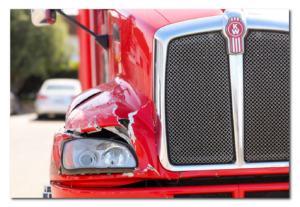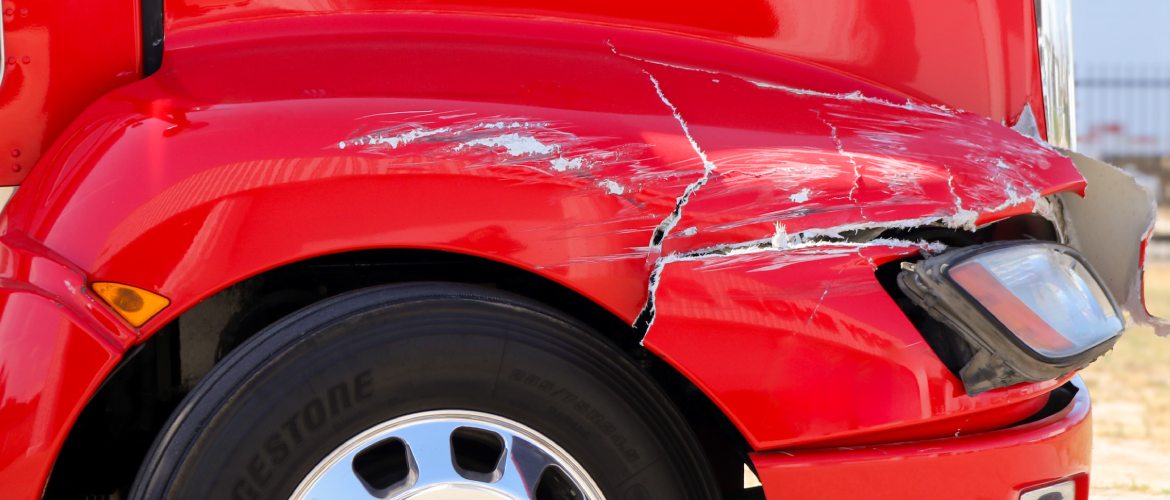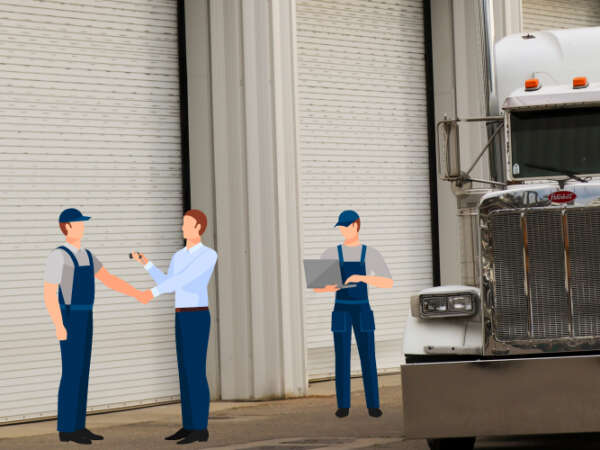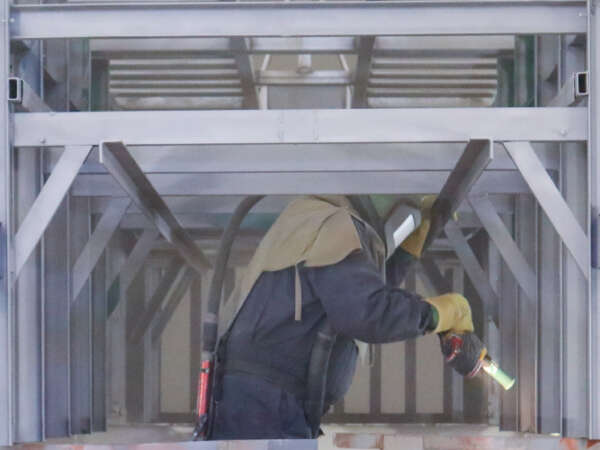Preventing Collisions in Your Commercial Fleet: A Comprehensive Guide
Nobody likes accidents, especially when they involve your commercial fleet. Collisions lead to costly repairs, downtime, and potential injuries. The good news? Preventing collisions is entirely possible with the right strategies.
In this guide, we’ll cover collision prevention best practices—from driver training to advanced safety technologies—so you can keep your fleet and drivers safe. Let’s get started.
Why Preventing Collisions Matters
Collisions don’t just disrupt operations—they impact your business in multiple ways:
- Safety risks – Fewer crashes mean fewer injuries and a safer workplace for drivers.
- Cost savings – Repairs, insurance hikes, and lost productivity add up quickly. Preventing collisions helps protect your bottom line.
- Reputation management – A safe fleet builds trust with clients and reduces legal risks.
Bottom line? Collision prevention is a smart investment.
Train Drivers for Safety and Awareness

Well-trained drivers are your first line of defense against accidents. Effective training reduces risks before they turn into collisions.
Key Training Strategies:
- Defensive driving techniques – Teach drivers to anticipate hazards before they happen.
- Hazard recognition – Spotting risks early gives drivers more time to react.
- Avoiding distractions – Enforce strict no-phone policies and discourage multitasking.
- Regular refresher courses – Safety standards evolve, so training should too.
Pro Tip: Consider incentive programs to reward accident-free driving records.
Leverage Technology to Prevent Accidents
Modern safety technology makes preventing collisions easier than ever. Here are the most effective tools:
Essential Safety Technologies:
- Collision Avoidance Systems – Sensors detect potential crashes and alert drivers.
- Lane Departure Warnings – Alerts drivers if they unintentionally drift out of their lane.
- Forward Collision Alerts help maintain safe following distances to prevent rear-end accidents.
Bonus: Some insurance providers offer discounts for fleets using these systems.
Maintain Vehicles to Avoid Mechanical Failures
A well-maintained fleet is a safer fleet. Regular upkeep prevents breakdowns and reduces collision risks.
Critical Maintenance Practices:
- Routine inspections – Check tires, brakes, and lights frequently.
- Scheduled servicing – Oil changes, fluid checks, and belt replacements prevent unexpected failures.
- Pre-trip inspections – A quick walk-around can catch issues before they cause accidents.
Did You Know? Keeping detailed maintenance records can help lower insurance premiums.
Foster a Safety-First Company Culture
When safety becomes a core value, preventing collisions becomes second nature.
How to Build a Safety Culture:
- Encourage open communication – Let drivers report near-misses without fear of blame.
- Recognize safe driving – Reward accident-free milestones with bonuses or public recognition.
- Lead by example – Management should prioritize safety in policies and daily operations.
Remember: Consistency is key—reinforce safe habits regularly.

Final Thoughts: Preventing Collisions for Long-Term Success
Accidents don’t have to be inevitable. Your fleet can minimize risks and operate more efficiently with proper training, advanced technology, regular maintenance, and a strong safety culture.
Ready to take action? Start with one improvement—whether it’s a training session, a new safety system, or a maintenance check. Every step counts.
Looking for fleet safety? Contact our friends at Donahue Truck Centers: Click to View Their Safety Program



